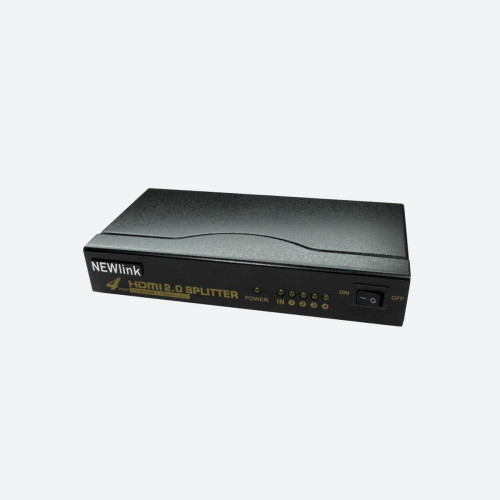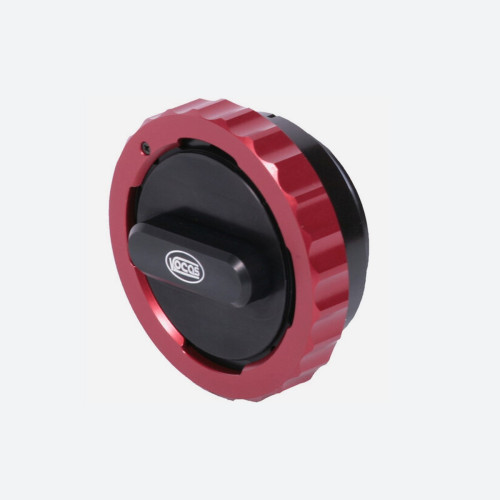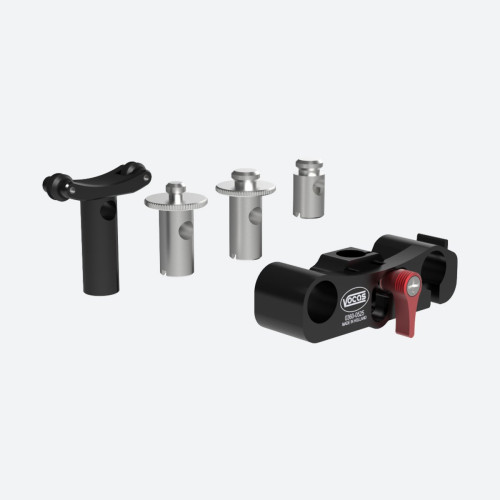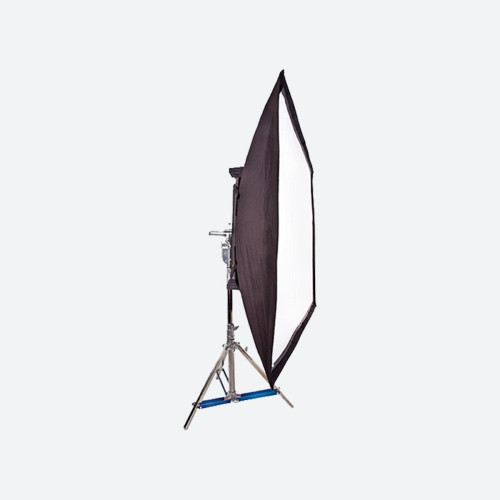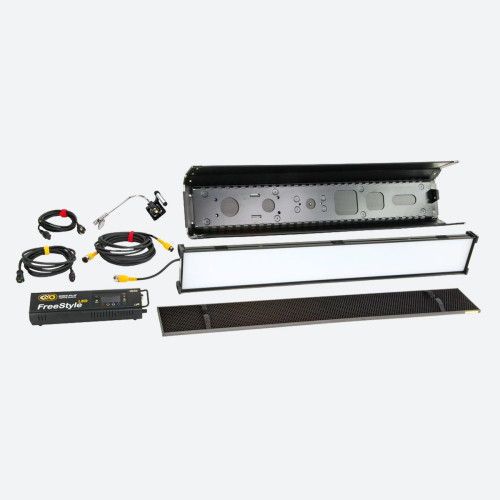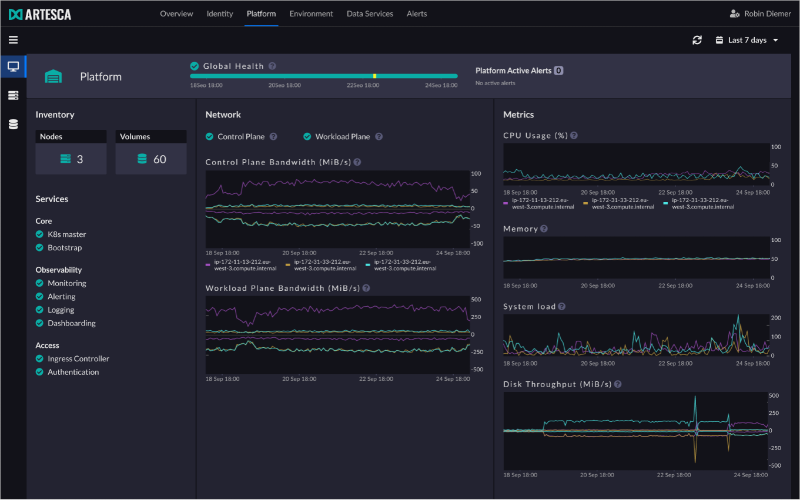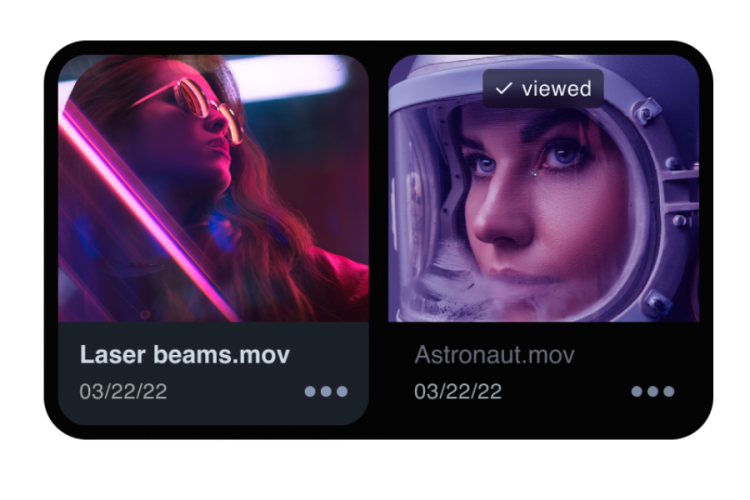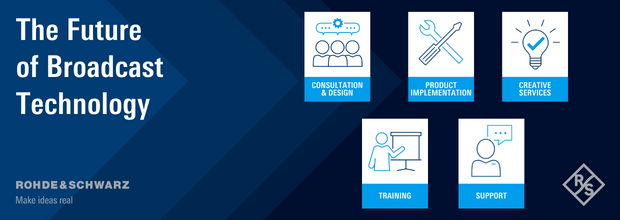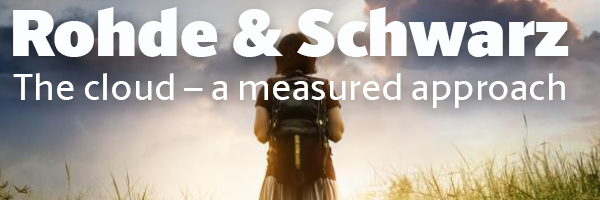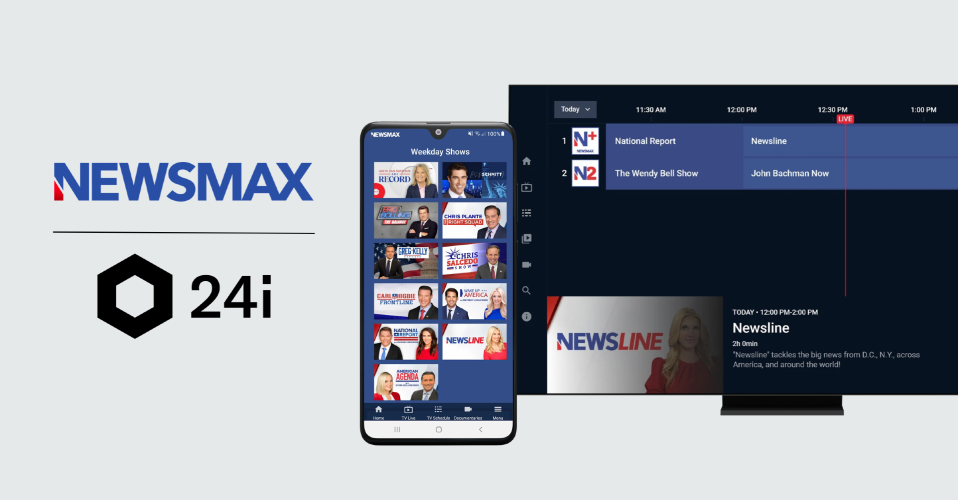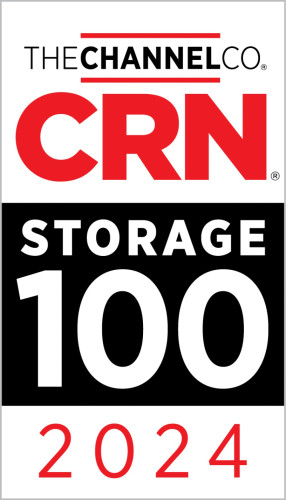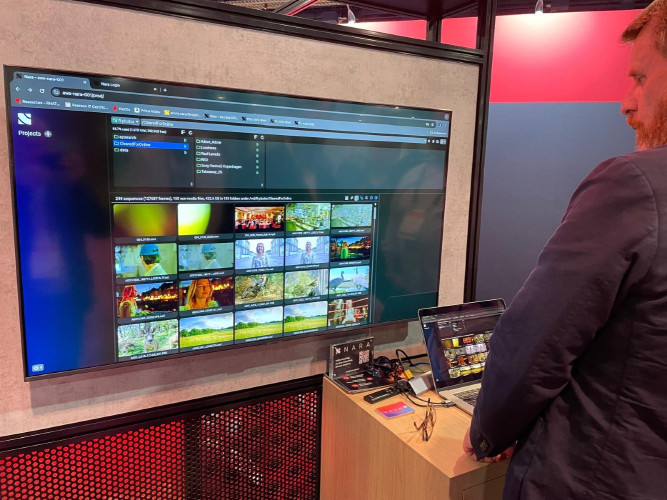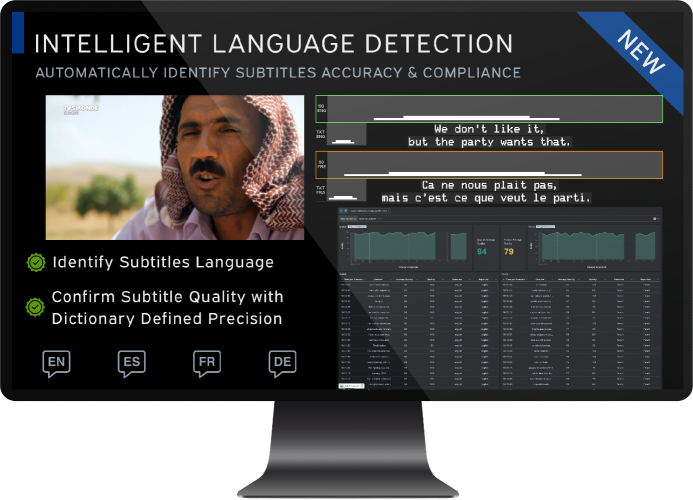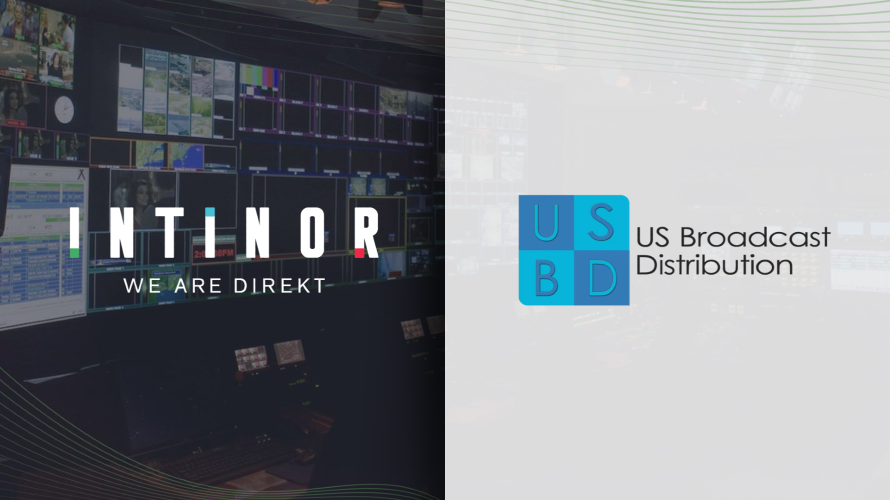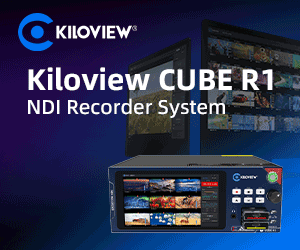Learning to love IT with Dick Hobbs

Author: Bob Pank#
Published 1st June 2013
There are three clearly defined levels of activity at NAB. There is the buzz which someone is trying to get going, there is the stuff which people are actually trying to buy, and there is the latest collection of buzzwords and catchphrases which provide endless entertainment for those with a love of language.
This year, for instance, we were all told we were going to be bowled over by 4k. According to Sony’s US head honcho Alec Shapiro, “4k is the future of home television”. Now I regret having to say this, Alec, but it is not the future of home television, or at least not the near future.
With the world continuing to bump along the bottom of a recession, are you really suggesting that people will rush out and spend between $5000 and $10,000 on a 4k television? When a very nice HD set costs $500?
The otherwise admirable Scott Murray, now of Miranda, told me 4k is for sitting closer to a big screen for a more immersive experience. Which is, I am sure, true. If only consumers wanted a more immersive experience. But what they actually want – and what the 3D television debacle showed – is to share experiences around the big screen (hard when someone’s head is right in front of it) while enjoying private communications simultaneously on the iPad or the smartphone.
Under buzzwords, there is a constant striving among manufacturers to bring new ideas along to NAB. Many of these are half thought through and barely functional, and are on show – or sometimes hidden away in a “whisper suite” – mainly on the “run it up the flagpole and see if anyone salutes it” principle.
In the past these have often been called “technology demonstrations”, but this year I noticed many people calling them “proof of concept”, a new addition to the lexicon which can mean anything from plugging stuff together to see if it works to knocking up a sketchy demonstration. If anyone offers to show you a proof of concept, check carefully what they mean.
So what were people really interested in at NAB? There are a lot of answers to that question, but most of them come down to one thing: using commodity IT technology and techniques to help broadcasters do the basics more quickly and more efficiently, with perhaps some of it in “the cloud”.
There is a lot of confusion around that simple expression, because often when broadcast vendors talk about the cloud they do not really mean sending stuff off for processing or storage somewhere remote run by a dedicated service provider (almost always Amazon). That remains impractical for a lot of what we do, because we are dealing in the biggest of big data.
What they mean is virtualisation: having a data centre which will probably be in house, but which is just a room full of processors and storage. Whatever processes the business needs to run – from transcoding to asset management – will timeshare the processors to get the job done. This is a very practical option.
Indeed, a new company at NAB this year, Epoch, suggested that you do not even need the data centre: it proposes an internal cloud composed of all the computers you already own. When you are not cracking out an Excel spreadsheet, or updating your Facebook status, some of your processor power will be harnessed by the Epoch virtualisation software to render the graphics for tonight’s transmissions.
So for me, by far the most impressive demonstration at NAB was at Axon, who were showing, as a proof of concept, the movement of video over AVB. This, if you have not come across it, is a set of standards from IEEE which imposes sufficiently rigorous time constraints onto IP over ethernet. You can route video through an AVB-compliant ethernet switch and count on it arriving at the far end, still within the equivalent of the SDI jitter specification.
I said it was a proof of concept, but actually it was a working, practical demonstration, with the promise that by next year’s NAB the whole of Axon’s Synapse range will be AVB-compatible. Other vendors will, I am sure, follow suit, and we could be seeing the beginning of the end for SDI.
Why is this important? Because it uses technology from the IT industry, which has vast resources to innovate. Apple, Microsoft and Cisco together spent $18.7 billion on R&D last year. That is more than the total value of the whole of the broadcast supply industry, according to the most recent IABM research. The worldwide market for ethernet switches is 20 billion units a year, and it will not be long before they are commoditising terabit ethernet switches, which will be available at what will seem to us a tiny cost.
Yes, we still need to establish “broadcast quality”. But increasingly we can do that with off the shelf components, through initiatives like AVB. And yes, we will learn to love the IT industry.



